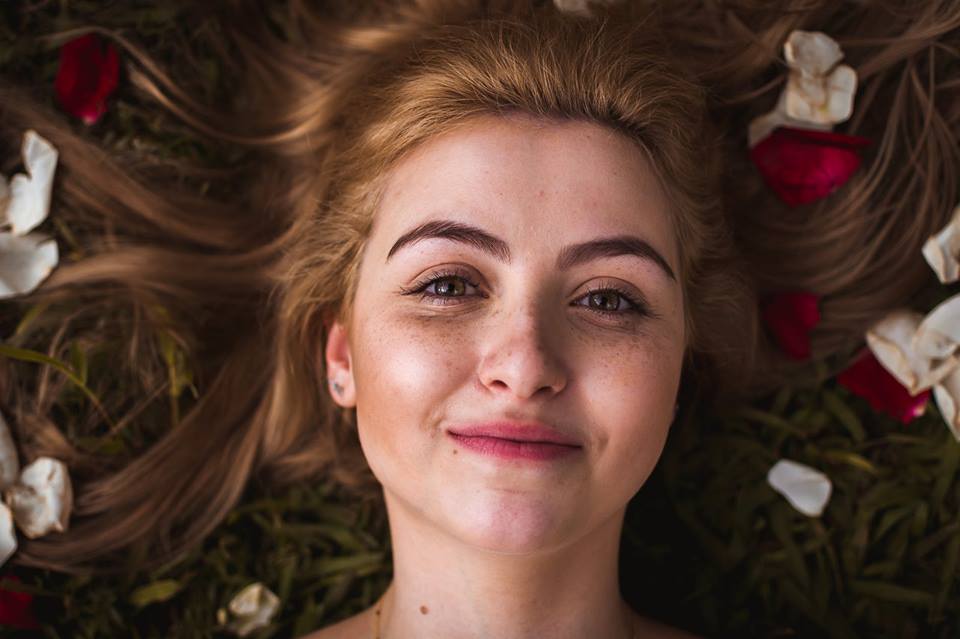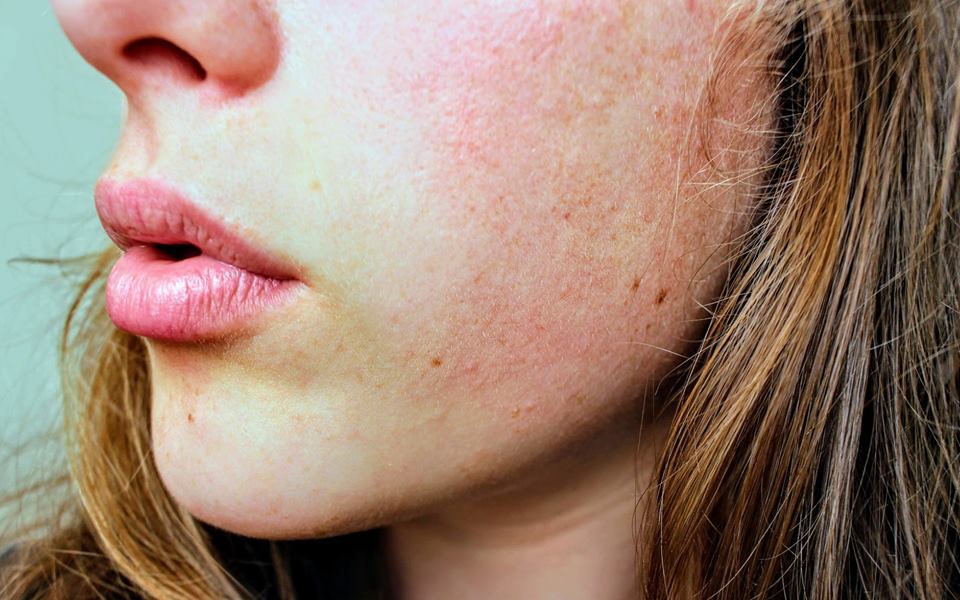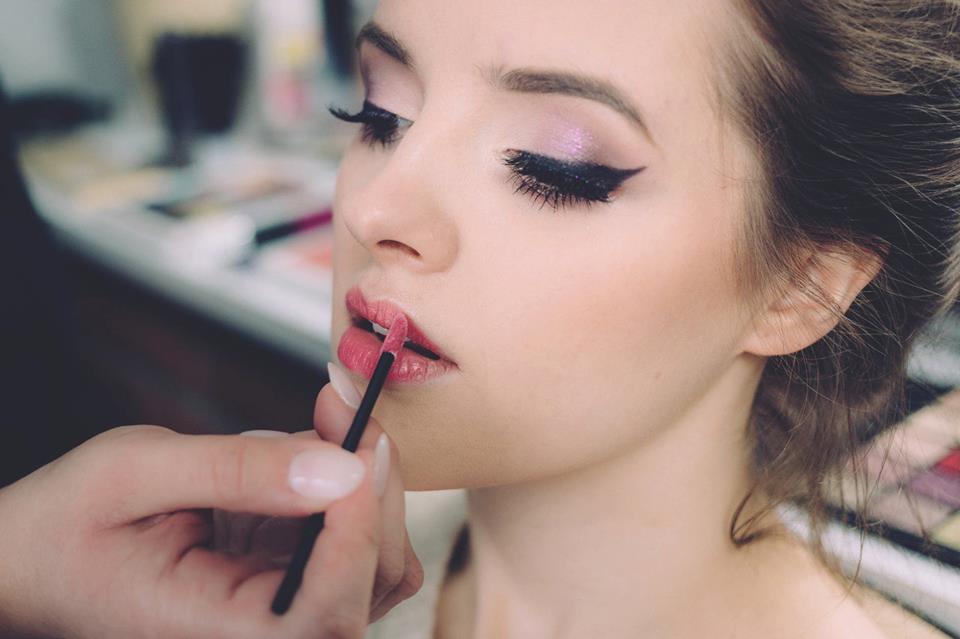Acne is very common, and despite any awkward teenage years, it’s nothing to be ashamed of. According to the American Academy of Dermatology, about 40 to 50 million Americans have acne at any one time. You may have been led to believe that acne is about teenage hormones. The reality is that most hormonal acne effects adult women. It can come at any time, in your 20s, 30s, even 50s. Hormonal acne is exactly what it says: Acne brought on by hormones, specifically, testosterone, which is often purged through the androgen receptors in your skin. Acne is a common problem and it’s very difficult to deal with it at any age. It’s well known that the natural products are the safest and that’s why you should choose Clearawayacne where you can find a wide range of products. They are based on natural ingredients and can help any acne problem you are trying to fight with.
So what causes the excess testosterone? There are three basic ways testosterone can end up in the blood supply:
Increased Output of Hormones
This is often caused by an increase of sugar in your blood. If you’re diabetic or hypoglycemic, it is possible that excess sugar makes it to your ovaries, and produces excess hormones, which puts more testosterone into your body.
Exercising Too Close To Your Cycle
Exercising at a time when your body is producing a lot of excess hormones, such as just before your menstrual cycle starts, can cause acne. This is because hormones are stored in fat. As you burn fat, the hormones are secreted throughout the bloodstream, where they build up, and need to come out via the same androgen receptors I mentioned earlier.
Stress
Stress causes a lot of hormone fluctuations in your body, and some of those hormones end up on your skin. If you’ve got a high-pressure job, or find yourself getting super stressed around that time of the month? Try some meditation, or learn to read your stress signals, so you can take the time you need to de-stress.
Technically, all acne counts as hormonal acne. So how do you know when what you’re experiencing isn’t the normal, and might be something chronic you should worry about? Here are a few things to watch out for.
It’s All Around Your Chin And Jaw
Not all hormonal acne will cover this area, but there’s a good chance if you get large, painful, cyst-like pimples around your lower face, including your chin and jawline, it’s probably hormonal acne. Though doctors can’t agree on why this area affects women so much, it’s a fact that you’ve got a lot of oil glands around your chin area, so it makes sense that while your hormones are fluctuating, that’s where you experience breakouts.
It Follows Your Menstrual Cycle
This one is obvious, right? If you’re sensitive to hormones, chances are your worst breakouts will happen when your estrogen is at its lowest, which happens to be right around the beginning of your menstrual cycle. If you experience regular breakouts that happen on or around your period, or are occurring because of menopause, it’s probably hormonal acne.
The Pimples are Painful
I know blackheads are gross, and whiteheads are yuck. But hormonal acne is worse. They are essentially an inflammatory response to hormones that occur over a period of weeks. Because of the inflammation, and the amount of buildup over time, they can be really painful to pop yourself, and are often impossible to get rid of, because they’re subcutaneous, that is, underneath the skin.
It’s important to understand hormonal acne so you can treat it effectively. Like I’ve already mentioned, there are a lot of reasons to experience hormone fluctuations, so the quicker you start on a treatment plan for hormonal acne, the more likely you are to get back to beautiful clear skin!
How To Treat Hormonal Acne
Traditional, over-the-counter medication that is used to treat hormonal acne. They’re also terrible for those of us with sensitive skin. The benzoyl peroxide can burn sensitive skin.
Hormonal treatment, like your birth control, has been used deal with all kinds of hormonal imbalances. But what if you’re too sensitive to take it? 1 in every 1,000 women experience some kind of allergic reaction or hormone imbalance as a result of birth control.
So how do you keep your hormones in check when birth control isn’t an option? There are a few natural methods for dealing with milder hormonal acne. These methods don’t rely on using harsh chemicals on your skin, or messing around even further with the hormones in your body. Instead, changes to your diet, and a few natural remedies will leave you with clearer skin in no time! Make sure to also choose suitable makeup and skin care products that will not further irritate your skin. You can find handy lists of moisturizers, foundations and other beauty products that are great for acne prone skin on sites like Nu Allure.
Changing Your Diet
Minimize Your Sugar Intake – Remember when you were a teenager, and your mother told you if you wanted to get rid of acne, you’d have to eat less sugar? It’s still true. Sugary snacks, and even eating a lot of rice, cereal and pasta, can cause spikes in your blood sugar.
That process we talked about earlier starts up, disrupting the hormone levels in your body, and forcing the androgen out through your skin. Get rid of sugary snacks, especially during your cycle, and it should cut down on the breakouts.
Eat Your Fiber – Many people eliminate carbs in their efforts to reduce the simple sugars in their bodies. But getting rid of carbs entirely can actually worsen the problem. So instead, eat carbs full of fiber, like quinoa, sweet potatoes, carrots, and whole grain rice. That increases your fiber, which makes the carbs you are eating a lot easier for your body to process.
Eat Clean Protein – No, I don’t mean going vegetarian, necessarily. It’s true that lean protein is found in lentils and beans, nuts, and soy. But it’s also found in certain lean cuts of meat. Just try to stick to organic whenever possible. It lowers the chances of being exposed to any growth or other hormones through your meat.
Eliminate or Reduce Dairy – Speaking of growth hormone. Commercial dairy cows are given hormones to produce more milk, and if you’re sensitive to it, your body will react to these hormones. Dairy also increases blood sugar, and encourages the production of skin oils.
Eat Healthy Fats – Stick to fats with high quantities of Omega-3 fatty acids. That means choosing leaner meats, but high fat fruit and vegetables, like avocados, and coconut. Extra virgin olive oil is great for Omega-3s, and so is most fish, like salmon and sardines. Omega-3 supplements are also available.
Detox Your Liver – It’s your liver’s job to purge your body of the things you don’t need. That includes excess hormone production. A good, healthy green smoothie in the morning can help with regular liver detox, or you can make leafy greens like kale, brussels sprouts, parsley, and spinach part of your regular diet some other way.
Drink Tea – On the subject of detox, dandelion root tea is an effective detox treatment available at most health food stores. A cup a day will keep your liver flushed out, and all the excess androgen with it. Green tea is also great for treating hormonal acne. It’s a natural anti-inflammatory. It can actually be applied to affected areas of the skin in a cloth, and will effectively treat inflammation that way! But it’s a lot easier to just drink a cup or two a day. The antioxidants will stop or slow inflammation under the skin that causes hormonal acne.
Take Care of Your Gut – An upset stomach can cause a lot of damage in terms of hormone production. The single best way to take care of the healthy bacteria in your gut, is to take probiotics. You can do this in your diet, with yogurt, kimchi, or organic miso and tempeh. Or you can just take a supplement to make sure the good bacteria in your gut stays healthy.
Your dietary changes can have a huge impact on hormone production, and your hormonal acne breakouts. But if you’re looking for something more like a topical cream, for those painful, cyst-like bumps that are so common with hormonal acne.
Tea Tree Oil – Tea tree oil is strong. It’s an anti-inflammatory, and antibacterial, which makes it great for clearing breakouts, and preventing new ones. But be sure to use it safely, by diluting it with a carrier oil, like coconut or olive. For most essential oils, a ratio of 12 drops of carrier to 1 drop of essential oil is safest, but if you have sensitive skin, you might want to experiment a little bit before you try it on your face. Do a “patch test” and wait 24 hours. If you’re not noticing any redness or pain, you’re probably okay. Tea Tree oil is super effective but if you’re not careful, it can leave red marks on your skin for days. So be safe!
Hormonal acne affects women of all ages. Not only does it look awful and sometimes even scar, it can be really painful and hard to get rid of. Over-the-counter acne treatments aren’t effective, and hormonal birth control isn’t an option for everyone. But with these natural methods, you can maintain beautiful clear skin by creating a balance in your body. Additionally, considering professional guidance and options like acne treatment in Singapore can offer further solutions for managing your skin condition.



